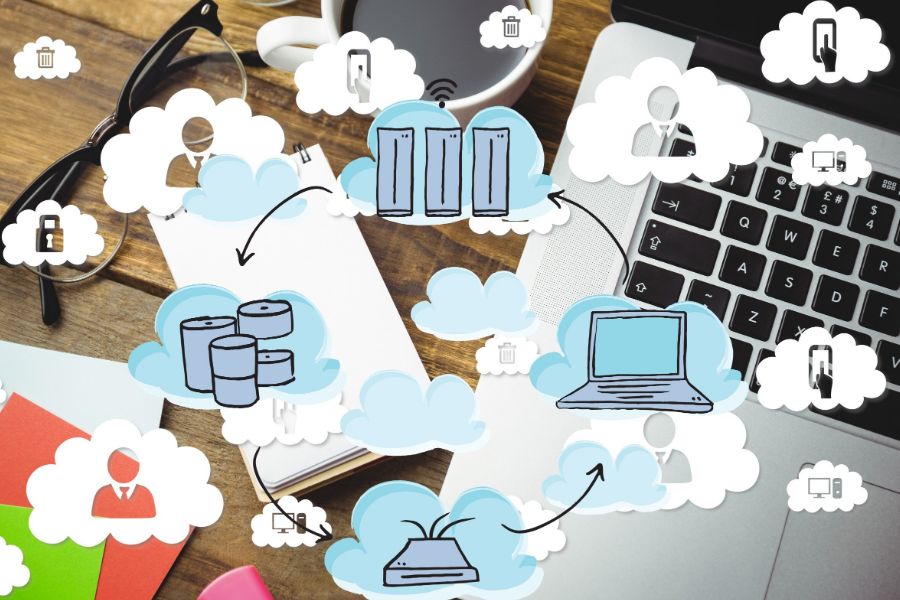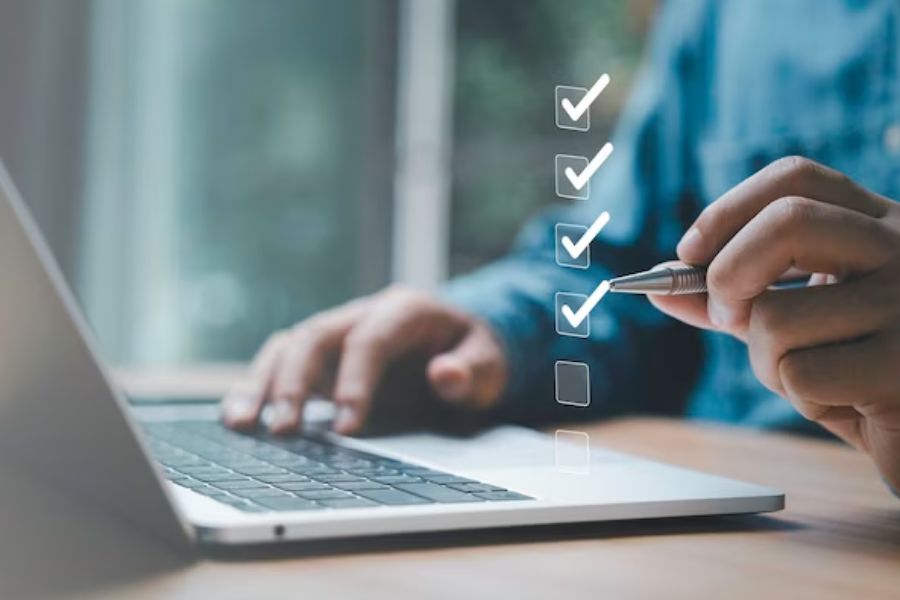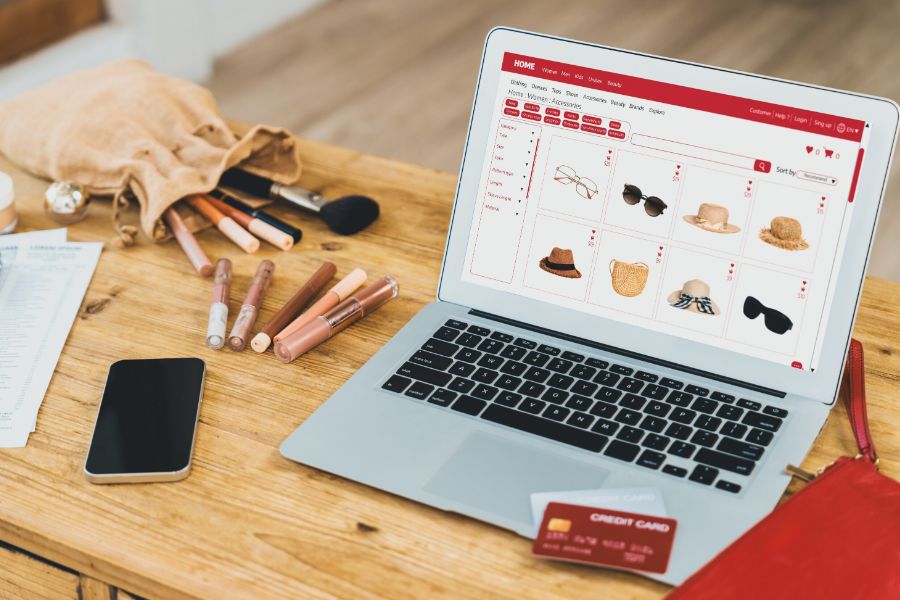Because of the increasing growth of e-commerce and fulfillment services, omnichannel fulfillment has become a critical component of firms’ efforts to overcome many challenges. In this article, we will give a clear overview and introduce how omnichannel fulfillment can handle increasing orders.
Omnichannel fulfillment explanation
What is omnichannel fulfillment?
The entire process from the time the customer places an order to the time the goods is delivered to the end-user is known as omnichannel fulfillment (or omnichannel order fulfillment). It involves pick-up, warehousing, packaging, and timely delivery to the buyer, among other things, all in a synchronous manner, with all data channels centralized.
Customers can also use omnichannel retail fulfillment to explore products, compare pricing, make purchases, and get things via several channels while moving fluidly between them.
Retailers may simplify and automate order fulfillment while obtaining the speed and agility required to compete in a fast-changing retail business by using the correct Omnichannel fulfillment model.
The basic process
Here are 5 fundamental steps that make up the omnichannel fulfillment:
- Check the product, storage, and inventory management at the warehouse.
- Order management: Order processing and confirmation are two aspects of order management.
- Pick the items, print labels, then package them.
- Delivery/Return: Delivery, shipment, payment/refund, and product return;
- Customer communication: Contacting customers and providing after-sales service are examples of customer communication.
Why is it important?
According to a study report from Business Insider’s premium research service, many brick-and-mortar shops are engaged in a perilous cycle of dropping foot traffic, declining comparable-store sales, and escalating store closures as a result of the digital revolution in retail. Meanwhile, pure-play eCommerce businesses are benefiting from the expansion of digital commerce.
To better compete in eCommerce, many brick-and-mortar merchants have begun to adopt omnichannel order fulfillment systems that rocket their store locations and in-store inventory.
Furthermore, running a retailing business entails dealing with hundreds of orders (high volume of sales orders) every day, as well as untidy shipping. To meet client needs and maximize this trend-based business, you’ll need to respond quickly and consistently, as well as provide a consistent shopping experience.
As a result, omnichannel fulfillment emerges as a requirement with a slew of compelling benefits, promising to become a critical component in a wide range of corporate operations. And it’s even better when a POS like ConnectPOS can support this function with automated order fulfillment.
Omnichannel fulfillment benefits
Revenue and Sales
Distributing items through many channels expands market prospects, increasing sales and revenue. Omnichannel fulfillment brings higher-order efficiency because it combines various channels into a single procedure, ensuring fulfillment becomes considerably easier. This results in increased productivity, tremendous delivery accuracy, and a more smooth shipping system.
Accurate inventory control
Keeping cross-channel fulfillment consistent requires effective warehouse and inventory management.
Implementing a new technology system to streamline fulfillment processes gives warehouse personnel more detailed information in areas like inventory, improving overall operational efficiency.
According to Peoplevox research from 2016, 82% of eCommerce enterprises saw an increase in revenues, showing that eCommerce has a lot of potentials. This implies that the number of orders will rise, and businesses will need to stock more things in their warehouses, hire more people to handle the items, and guarantee that products are delivered on time to customers.
The difficulty arises, however, when the company must manage marketing and sales efforts while also controlling inventories.
Customer Retention and Satisfaction
Multi-channel distribution enables retail fulfillment operations to open up new purchase channels. As a result, such clients are more likely to be happy with your product and return for more.
Immediacy is a must for today’s customers. They may get their things delivered to their homes faster or choose to pick them up in-store if they want. Omnichannel fulfillment keeps customers coming back and more eager to return to your digital and physical outlets when they expect the finest service at the greatest price.
Stronger brand perception
A nice search engine optimization illustration with a laptop and magnifying glass looking at your website in the rank 1 position.
In the marketplace, brands that use different distribution channels are seen as being more responsive to their consumers’ requirements and preferences. This sets your company apart from competitors that have yet to embrace multi-channel distribution.
Customers want to know that they can get your goods no matter where they are. They want the choice of in-store pickups, home delivery, or browsing in a physical shop. If you want to preserve your established brand image, such as Target, you need to be consistent across all of those channels. Target’s dependable brand image is enhanced by frequent in-store pickup, delivery, and regular shopping.
Reporting in Real-time
Monitoring warehouse and fulfillment center performance is critical for employing an Omnichannel fulfillment approach. Essential performance measures are revealed through in-depth and detailed insights. You’ll be able to modify and optimize warehouse procedures thanks to real-time reporting continually.
When you employ a 3PL, you have a single source to manage all of your channels. It provides immediate access to reporting that will highlight your most essential channels and indicate those needing improvement.
Challenges that omnichannel fulfillment might bring up
Difficulty in managing multi channel inventory
Multichannel inventory management adds to the already complex field of inventory management by posing new obstacles. It’s simple to duplicate (or treble) count SKUs and units when selling the same physical product(s) across numerous channels.
You must consider varied buying patterns, turnover rates, return frequency, shipping speeds, and overall demand to manage stock levels, reorders, and inventory forecasts across sales channels.
To fully handle this, you’ll need real-time inventory data to keep an eye on available stock and adjust shop inventory counts appropriately.
You should keep a careful eye on when you need to refill inventory. Then, it is necessary to create reorder point notifications. The whole team will know when it’s time to place a new order with your manufacturer.
Difficulty in maintaining a fulfillment infrastructure and strategy
It’s difficult to build and manage your own fulfillment infrastructure and strategy. If you don’t have the appropriate infrastructure, implementing and launching an omnichannel strategy might be difficult.
Investment in the fulfillment center, equipment, technology, and an omnichannel fulfillment crew, but all is costly and time-consuming. Many businesses seek a fulfillment partner that can take care of the procedure for them.
Conclusion
Because the demands of each brand and channel might differ substantially, there is no one-size-fits-all solution for omnichannel fulfillment. Therefore, call us immediately to receive the best advice to boost up your own distinctive business.



